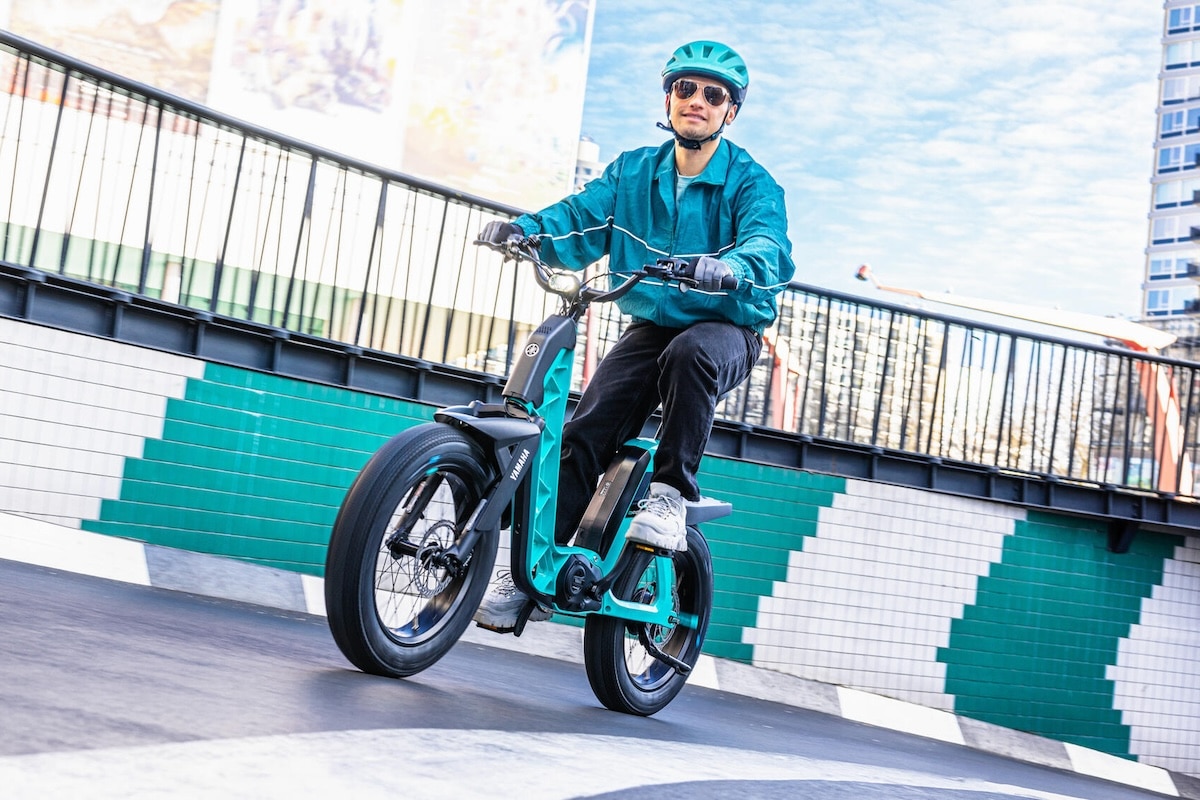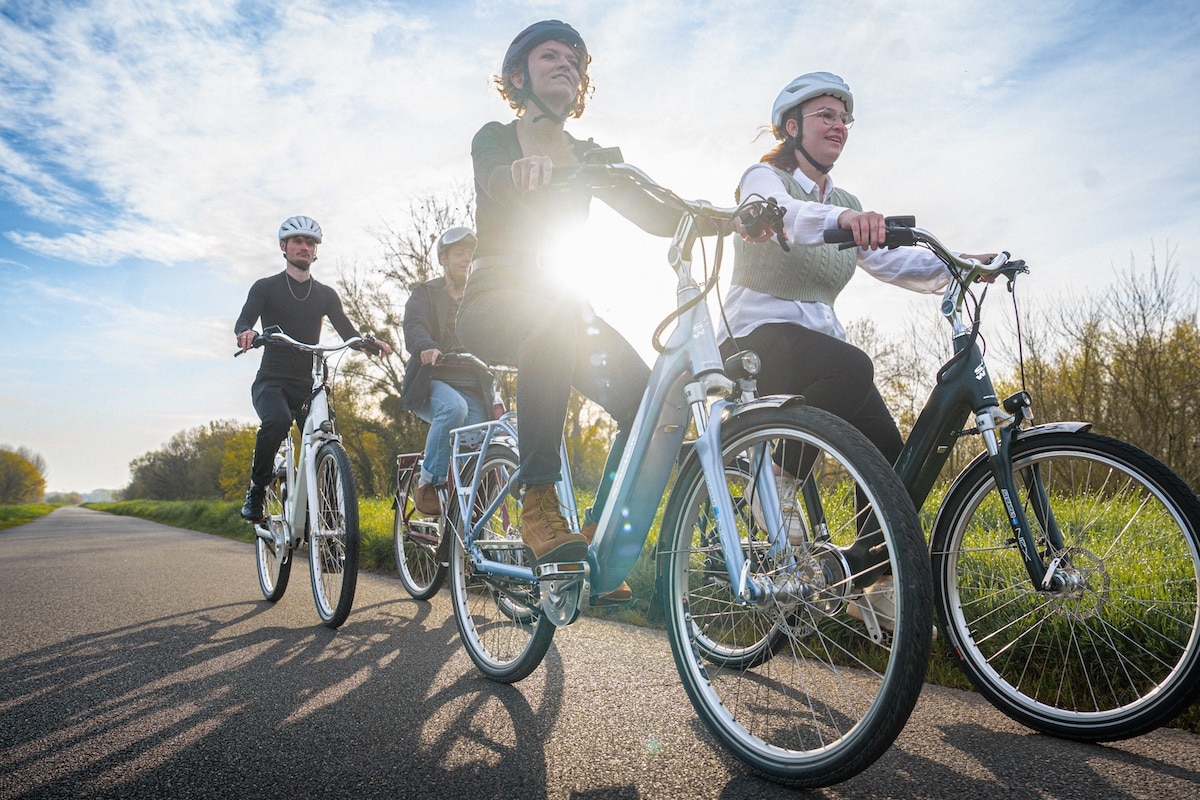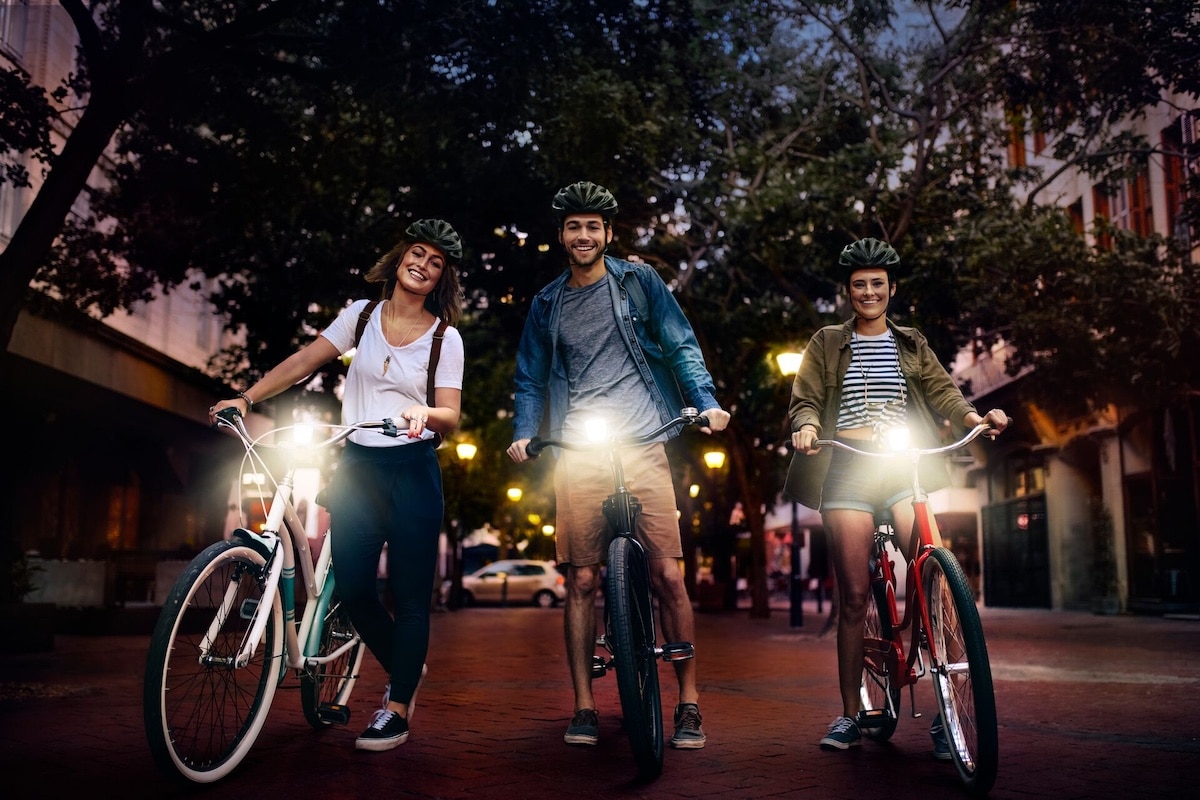New York: the speed limit project for electric bikes frustrates

In New York, Mayor Eric Adams, campaigning for reelection, wants to restrict e-bikes. But this idea could cost him the victory…
It’s not only in Paris where urban bike chaos creates tensions… and countless accidents, sometimes fatal. Disregarding traffic laws, riding against traffic, smartphone in hand or engaging in conversations, etc. Decisions have been made, such as banning rental scooters, but also implementing a speed limiter of 25 km/h. The next step will likely be to introduce license plates… but who will enforce it?
The idea of an electronic speed limiter for bikes is gaining traction, particularly in the United States and in the most “Europe-compatible” city, New York City. Currently, there is a heated campaign for the municipal election, offering the chance for the most enticing promises.
One of these promises is not so fanciful, but its author, current Mayor Eric Adams, probably did not expect to face so many detractors. Let’s set the context: since the COVID-19 pandemic, the use of electric bikes has surged by 70% in NYC according to municipal authorities. Unfortunately, during the same period, accidents – particularly with pedestrians – have exploded. Currently, there is only light regulation of the speed of these electric bikes in the United States, which can easily reach 28 mph, around 45 km/h, when classified as Class 3.
Reducing speed would increase accidents?
45 km/h on an everyday bike is indeed very fast. As part of the “Charge safe, Ride safe” program, Mayor Eric Adams proposes to limit bike speed to 15 mph, or 24 km/h. A practice common in Europe. The argument is that reducing speed will mechanically decrease kinetic energy in the event of a collision with pedestrians, a sidewalk, or a car, thereby limiting the severity of injuries.
This seems to be common sense, yet. Michael Replogle, former policy director at the New York City Department of Transportation (DOT), completely disagrees with this analysis. According to him, the measure would be counterproductive due to the significant speed gap with cars, which often travel between 30 and 35 mph (48 to 56 km/h)… when there are no traffic jams.
According to Michael Replogle, cyclists would then be exposed to greater danger. The bike delivery workers’ union is also against it, as delivery times would lengthen, the number of jobs would decrease, and thus profitability would be threatened. Critics point out that the measure indiscriminately targets all motorized two-wheel users, regardless of behavior, with “anti” advocates arguing that electric bike accidents are neither the most numerous nor the most serious. Everything is relative.
Towards a speed of 20 mph?
Negotiations seem to be underway among the different parties, as voters are nonetheless fed up with bike incivility in the city: riding on sidewalks, ignoring traffic lights, using phones while riding, etc. An intermediate speed of 20 mph, or 32 km/h, could be adopted to appease everyone.
As often, the debate in the United States shifts to the attack on individual freedoms, without regard for the impact on the lives of others. Maximizing the separation of road sharing between cars and bikes is the first resolution that needs to be taken, but here too, cars reign supreme in Uncle Sam’s land.
READ ALSO: RMB01, the mechanical work of Richard Mille and Brough Superior
This page is translated from the original post "New York : le projet de vitesse bridée des vélos électriques agace" in French.
We also suggestthese articles:
Also read






